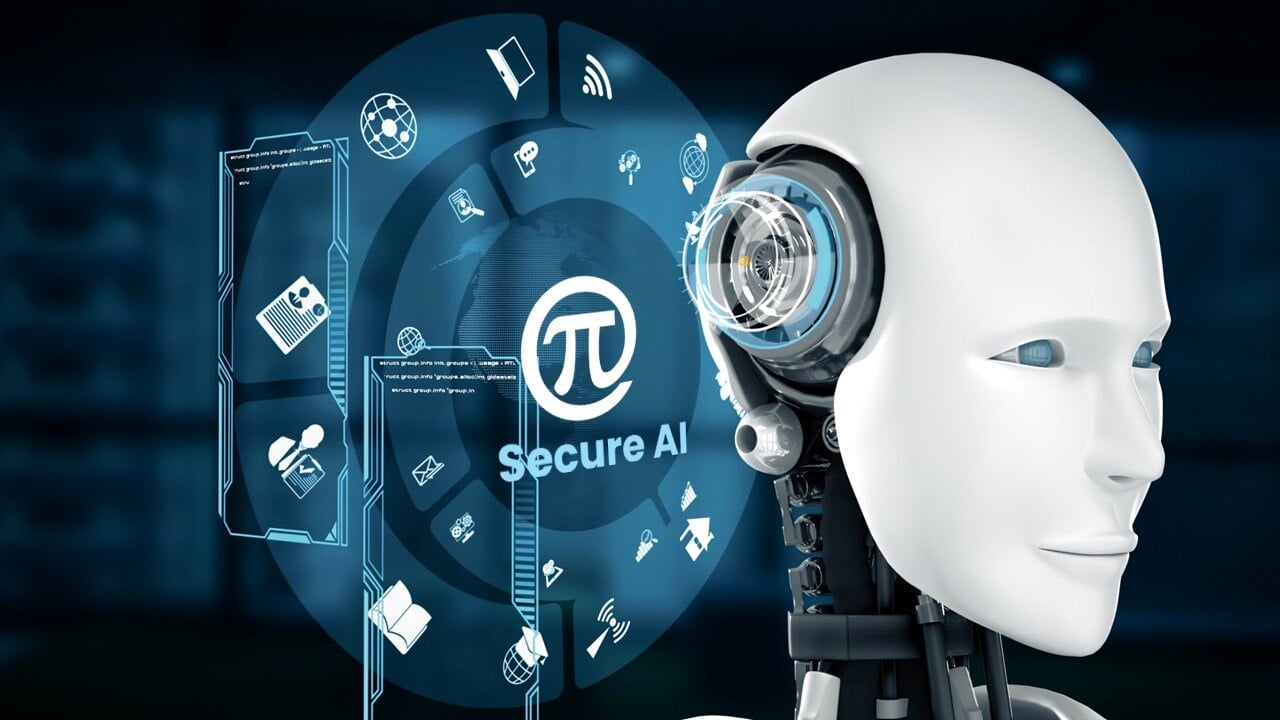1 min read
Managing Risk in Artificial Intelligence Systems-A Practitioners Approach 2025
![]() Palindrome Technologies
:
Apr 1, 2025 12:52:14 PM
Palindrome Technologies
:
Apr 1, 2025 12:52:14 PM

Overview of AI security frameworks and recommendations for practitioners
Artificial intelligence (AI) is a rapidly evolving and maturing technology making a footprint in enterprises globally. A tool consulted for its robust dictionary of raw domain knowledge, providing real-time decision-making and generative responses proves itself invaluable in fields such as healthcare, finance, and information technology. While artificial intelligence continues making headlines for its impact and ingenuity, the consequences and risks of this technology should similarly remain a priority for all stakeholders involved. It is essential for early adopters to understand the dangers of leveraging a highly complex, heavily abstracted solution for business applications, particularly when information output is dependent on the accuracy of inputs, data sources, and training techniques.
AI risks have sparked concerns for human safety and liberties, physical and digital security, and environmental and societal impacts. In response, government and industry organizations have produced guidance on identifying, measuring, and managing AI risk.
The prevailing Risk Management Frameworks (RMF) for managing AI systems include the National Institute of Standards and Technology (NIST) AI RMF 1.0, the International Standards Organization (ISO-42001), and the certification assessment framework for secure AI solutions from HITRUST.
We compiled a detailed report which provides an introduction these frameworks to provide practitioners with insights on how to best navigate risk in AI systems. The report includes:
- NIST AI RMF Overview
- HITRUST AI Security Certification Overview
- ISO 42001 Overview
- Characteristics of Trustworthy AI
- Examples of AI Security Risks, Threats and Attacks
- Ensuring Security and Privacy in AI
- Governance
- Application, Infrastructure, and Data Security
Risk Management - Supply Chain
- Security Testing and Verification
- Conclusions
Furthermore, this report outlines recommendations for ensuring Security and Privacy in AI implementations from a practitioner’s perspective.
Get the full report:
Managing Risk in Artificial Intelligence Systems: A Practitioners Guide 2025
Considering options for Auditing and Penetration Testing of your AI system?
1 min read
From AES to Ascon: How Permutation-Based Ciphers are Redefining Embedded Security in NIST SP 800-232
The proliferation of resource-constrained devices, central to the Internet of Things (IoT) and embedded systems, has introduced a significant...
Build Secure, Trusted IoT Systems with the IEEE IoT Sensor Devices Cybersecurity Framework
In today's hyperconnected world, every connection introduces new risk and securing your IoT sensor devices is no longer optional, it’s a competitive...
Securing Artificial Intelligence (SAI)- ETSI TS 104 223 V1.1.1
The recently published ETSI TS 104 223 V1.1.1 document, "Securing Artificial Intelligence (SAI), Baseline Cyber Security Requirements for AI Models...

